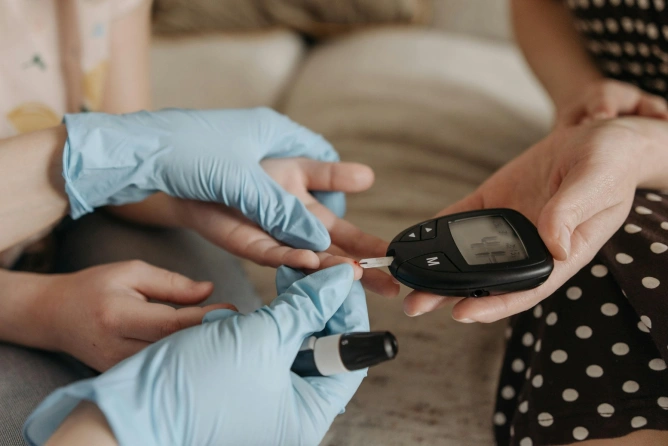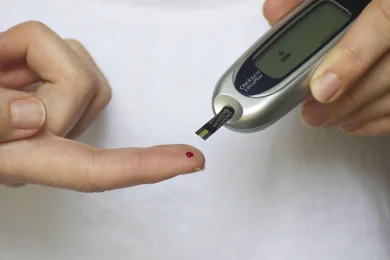
Brussels, November 14 - Diabetes already affects over 33 million people in the European Union, and projections indicate an increase to 38 million by 2030. The rapid rise in cases is turning diabetes into one of the most pressing public health challenges. In light of this trend, the European Commission is implementing a series of projects funded through EU4Health, focused on prevention, education, and digital solutions accessible directly to citizens.
Diabetes is already one of the most widespread chronic diseases in Europe, and the upward trend risks overburdening health systems. HaDEA warns that the evolution is fueled by factors such as a sedentary lifestyle, high sugar consumption, and an aging population. Early prevention remains, according to the agency, the only realistic way to stop the continuous increase in cases and associated cardiovascular complications.
In this context, several EU4Health projects are implementing community interventions. Prevention, active in Italy, Greece, Croatia, Lithuania, and Belgium, creates educational and medical networks, organizes sessions in schools and centers for migrants, and promotes the reduction of sugar consumption. The project also includes a medical "twinning" program for the exchange of expertise between health centers.
PREACT complements these interventions with culturally adapted educational materials and self-monitoring tools for the early identification of cardio-metabolic risk. At the same time, PIA, a project carried out in Portugal, Spain, Italy, Slovenia, and Hungary, has already conducted over 500 screenings and is preparing to launch an application dedicated to monitoring heart rate.
Projects funded through EU4Health pay special attention to vulnerable groups — children, youth, migrants, Ukrainian refugees, and disadvantaged communities — for whom the risk of developing type 2 diabetes is much higher. PODiaCard develops a predictive model and a "digital twin" for diagnosing and managing pediatric obesity, one of the main risk factors for type 2 diabetes. In parallel, DUSE implements educational programs about nutrition and physical activity, also adapted for Ukrainian children in the EU or in Ukraine.
The EU also relies on digital tools aimed at making prevention an exercise accessible to any citizen. BiteWatch, which will be available from November 20, 2025, provides clear information about food content — sugar, salt, saturated fats, additives, and the level of processing. A second application, dedicated to the Sudden Death Prevention program, allows for heart rate monitoring, health data recording, and the adoption of personalized prevention measures. These solutions mark the transition from traditional prevention to a digital and interactive approach.
At a structural level, member states coordinate efforts through Joint Action JACARDI, a European initiative aimed at reducing the burden of diabetes and cardiovascular diseases throughout the patient journey: prevention, health literacy, screening of at-risk groups, and the development of integrated care pathways. JACARDI collaborates with projects like PIA to harmonize European interventions and build a common strategy in the fight against chronic diseases.





 (1).webp)























